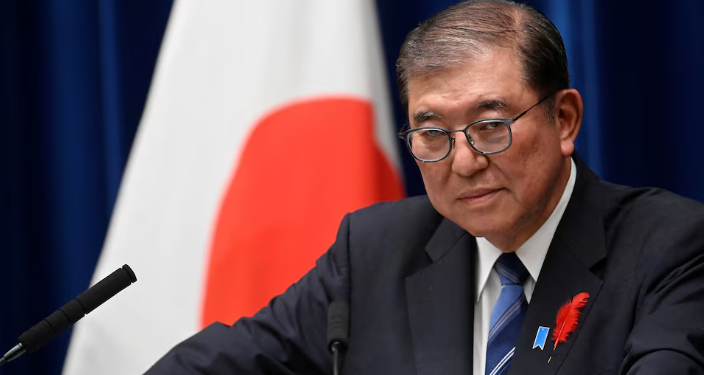Voters in Japan have spoken and delivered the loud and clear message to the ruling coalition that they cannot be taken for a ride with gimmicks or the political trick of changing a discredited Prime Minister. Just as voters in India recently did not allow the ruling party to win a simple majority, their Japanese counterparts have punished the ruling coalition in an unprecedented manner as it has lost its majority, throwing the country into political instability not seen for decades. The final tally shows that Prime Minister Shigeru Ishiba’s Liberal Democratic Party (LDP) and its junior coalition partner Komeito have managed to win only 215 seats, down from 279 and well short of the 233 needed to form a government. It is the worst result for the LDP – which has ruled Japan for 65 of the past 69 years. The defeat of the LDP alliance is being attributed primarily to a corruption scandal involving money siphoned off from party fund-raising events. That apart the people were seething with rage for the failure of the government to address bread and butter issues. The blow has been so severe that the chastened-looking Ishiba admitted in a television address that it was a “very tough” election for the party. Of the 46 candidates against whom the allegations of corruption were directed only 18 have been able to retain their seats.
Some of them were denied party tickets and they won as independents. The result shows the depth of public distrust in the LDP as a result of the slush fund scandal. Some of the biggest names in the ruling coalition failed to win seats, including Komeito’s leader Keiichi Ishii. Interestingly, such strong reaction against graft is rarely, if ever, seen among Indian voters. The Opposition party that has gained the most from the collapse in LDP support is the Constitutional Democratic Party (CDP), which has won far more seats than it expected – 148 seats, up from 98 in the last election. The stranglehold of the ruling coalition in Japanese politics has been such that Opposition leader Yoshihiko Noda said, after the poll results, that it was a major achievement that they could reach their goal of preventing “the ruling coalition from getting a majority.”
However, despite the Opposition parties’ collective success in winning enough seats to form a majority, a grand coalition among them appears to be unlikely as they have diametrically opposing views on key matters from fiscal and defence policy to the use of nuclear energy. With its 191 seats, the LDP remains the single largest party and could still cobble together a government by adding a third coalition partner. At the moment Ishiba is keeping his cards close to his chest. But, he is likely to first approach the centrist Democratic Party for the People for support and then the conservative Japan Innovation Party. The two parties have won 28 and 38 seats, respectively.
Though both parties previously ruled out a formal coalition with the LDP, the post-poll scenario may make them revisit their position. Of course, such a fragile government will make Ishiba vulnerable to a leadership challenge from within his own party. It is likely to come from Sanae Takaichi, the preferred choice from the ultra-conservative faction of the LDP whom Ishiba, a moderate, defeated in last month’s leadership election. Ishiba appeared to have decent approval ratings after that victory and called the snap election hoping to capitalise on party support. But, his popularity came under a question mark after he made a U-turn on a number of policies that resonated with the voters – support for same-sex marriage and the right for married individuals to choose to keep different surnames – after entering office. The great message emanating from Japan to democracies around the globe is that it is the people and not politicians and their propaganda machinery that have the last word in the formation of a government.







































